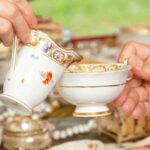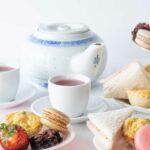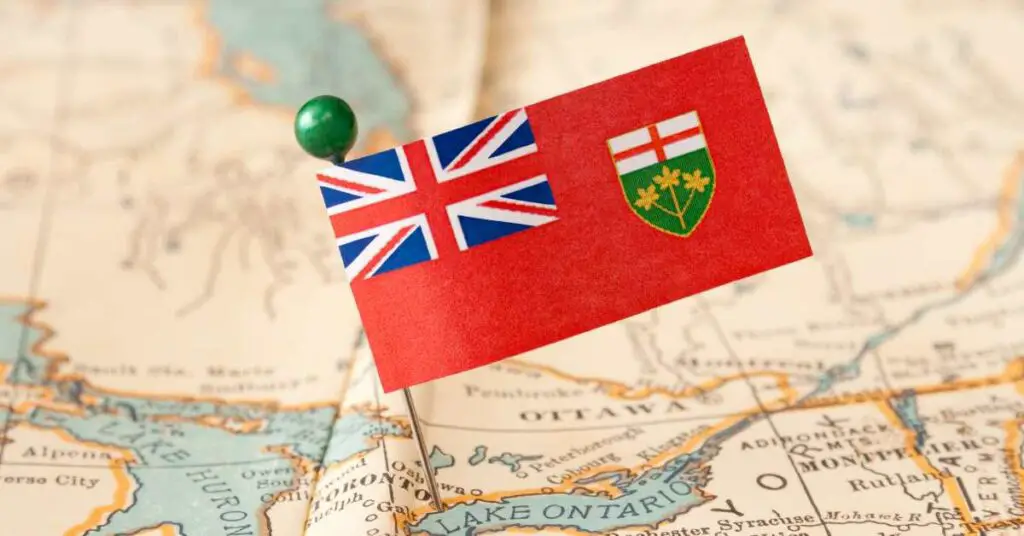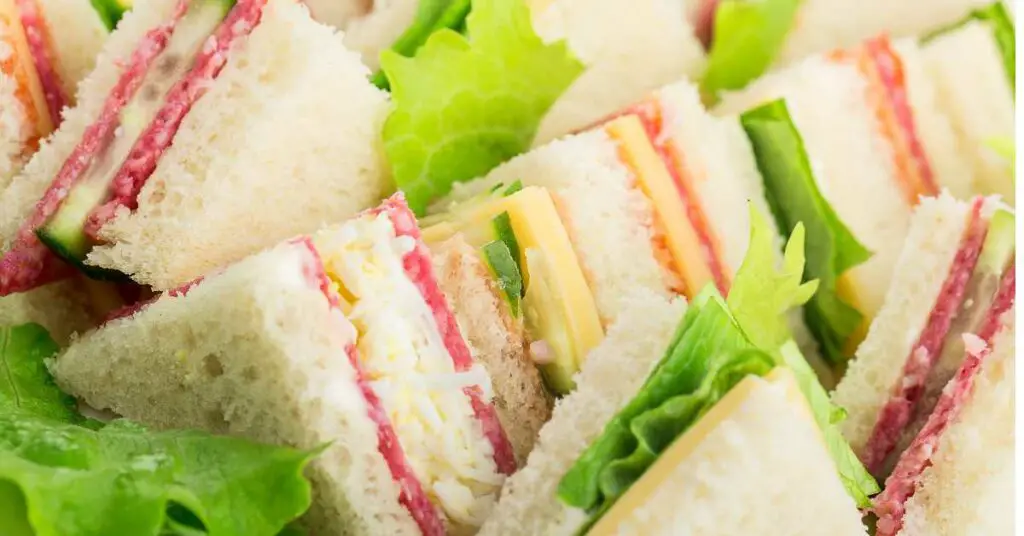Greetings, fellow tea enthusiasts and inquisitive minds! Today, we embark on a tea-rrific adventure, untangling the tangled tales of “High Tea” and “Low Tea.” No, we won’t be scaling mountains or measuring vertical heights here, but we will certainly scale the heights of tea knowledge!
High Tea is a hearty evening meal with substantial fare, while Low Tea is an elegant afternoon affair with dainty treats. The timing, menu, and ambiance set them apart.
Now, you might be wondering, “What on earth is High Tea, and is Low Tea the humble sibling?” Fear not, for we’re about to dive headfirst into the teapot of wisdom and brew up some delightful facts for you.
Picture this: You’re at a party, sipping tea gracefully, when someone announces a High Tea gathering. Cue the mental eyebrow raise! But fret not my friends; we’ll put those quizzical looks to rest.
Tea has a centuries-old history, and within its aromatic depths lie the secrets of High and Low Tea. Get ready to sip on fascinating stories, quirky traditions, and of course, plenty of tea-infused humor!
So, brace your teacups, as we journey through time, uncovering the origins, differences, and peculiarities of High Tea and Low Tea. Let’s spill the tea together, and remember, there’s always room for laughter in our tea breaks! Cheers, tea aficionados!
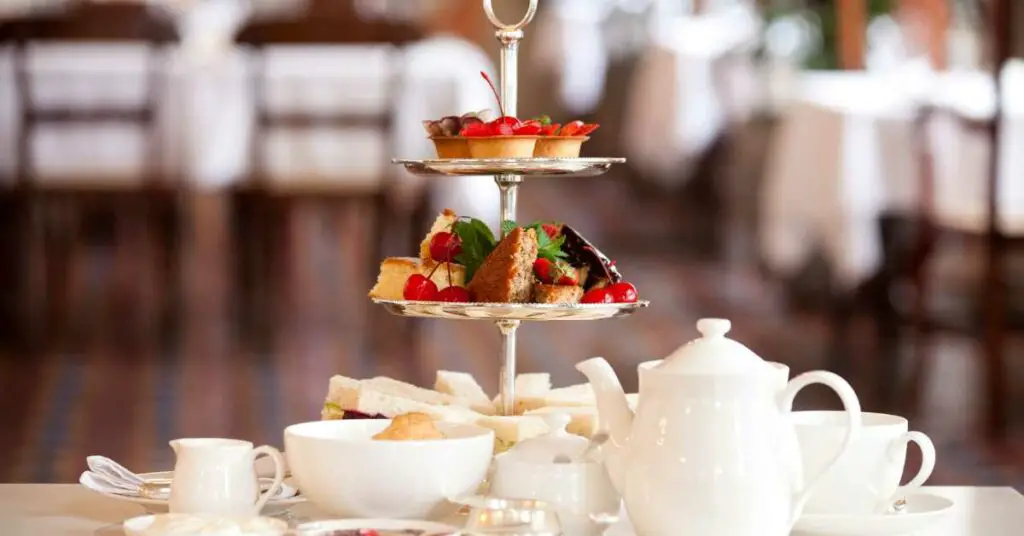
What is High Tea?
Ah, dear readers, it’s time to immerse ourselves in the world of High Tea – where the tea is high, but not like those mountain peaks! Picture this: you’re stepping into a cozy tearoom adorned with elegance, and the delightful aroma of freshly brewed tea fills the air.
Welcome to the realm of High Tea!
Now, let’s clear the confusion once and for all. Despite its name, High Tea isn’t some snooty, upper-crust affair.
In fact, it’s a charming tradition that originated in the working-class communities of 19th-century Britain.
But hold your teacups; we’re not there yet!
High Tea earned its name because it was served on high tables – think dining tables, not cloud nine! It’s the tea party for those with a hearty appetite, held later in the day, usually around 5 or 6 PM. After a long day of work, folks would gather to refuel with a substantial spread.
The menu? Oh, it’s a treat for the taste buds! From savory delights like finger sandwiches, quiches, and meat pies to heartwarming scones and delectable cakes, High Tea ensures you leave with a satisfied tummy and a smile.
But wait, there’s more! High Tea isn’t just about tea and treats; it’s a social affair, a time to connect, chat, and unwind with friends and family.
So, the next time you hear about a High Tea event, don’t hesitate to join in – it’s a feast for your senses and a delightful way to escape the daily grind!
As we journey deeper into the captivating world of High Tea, we’ll uncover the modern twists and regional variations that make it even more exciting. From tea parties fit for royalty to quirky-themed gatherings, High Tea has something to offer everyone.
So, keep your pinkies down and your spirits up as we sip, savor, and celebrate the heartwarming tradition of High Tea. But don’t get too comfortable; we’re only halfway through our tea-time travels.
In the next section, we’ll step into the elegant realm of Low Tea and discover its refined elegance and afternoon delights. Until then, happy sipping!

What is Low Tea?
Welcome to the enchanting world of Low Tea, where elegance, grace, and delicate treats take center stage. If High Tea is the hearty feast, then Low Tea is the sophisticated soirée – the perfect afternoon indulgence!
Now, let’s set the record straight – Low Tea isn’t about tea served on a coffee table (pun intended!).
It derives its name from the low, lounging chairs often used during these gatherings.
Picture this: You’re surrounded by lush cushions, enjoying the soft chatter of friends, while the sweet aroma of tea fills the air. That’s the essence of Low Tea!
While High Tea was born from working-class roots, Low Tea emerged as a tradition of the Victorian upper class. Ladies and gents of high society would come together in the afternoon, around 3 or 4 PM, to partake in the refined art of tea sipping.
But let’s talk about the star of the show – the Low Tea menu! Prepare to be charmed by an array of dainty finger sandwiches, delicate pastries, scones served with clotted cream and jam, and exquisite cakes that could rival a work of art. Oh, and let’s not forget the finest teas, served in delicate china teacups, of course!
Low Tea is more than just a gastronomic delight; it’s a celebration of etiquette and social grace. From the gentle clinking of teacups to the polite exchange of pleasantries, every detail exudes sophistication.
But fear not, dear readers, for Low Tea is not reserved solely for the elite. In today’s world, the tradition of Low Tea has evolved to include a wide range of gatherings, from chic afternoon teas at boutique cafes to charming garden parties with a modern twist.
So, the next time you’re invited to a Low Tea affair, remember to dress to impress and embrace the elegance of this timeless tradition.
Join me in the next section, where we’ll unveil the key differences between High Tea and Low Tea, bringing our tea journey to a delightful close.
Until then, let’s raise our teacups to the art of afternoon delights and the joy of savoring life’s little pleasures! Cheers!

High Tea vs. Low Tea: Unraveling the Timeless Dichotomy
Now that we’ve savored the delights of High Tea and Low Tea separately, it’s time to bring these two enchanting traditions face-to-face and discover the subtle nuances that set them apart like tea leaves from the teapot.
First things first – let’s address the naming confusion. High Tea is not the “fancier” version of Low Tea, and Low Tea isn’t some sort of “tea on a budget” affair. No, no, my dear readers, they are simply different beasts, each with its own unique charm and purpose.
Timing and Occasions
Timing is everything! High Tea usually makes its grand entrance in the late afternoon or early evening, offering a satisfying repast after a long day’s work. Picture it as the “Tea & Nibble” combo.
On the other hand, Low Tea gracefully enters the stage in the late afternoon, around 3 or 4 PM, where it thrives on elegance, refinement, and plenty of chitchat.
Setting and Ambience
Let’s talk seating and ambiance. High Tea is a bit more casual and may take place at a regular dining table, accommodating a hearty spread for the hungry souls. Meanwhile, Low Tea embraces leisure and relaxation, often featuring low, comfortable seating arrangements where guests can recline and unwind.

Food and Menu Selection
Now, let’s get to the heart of the matter – the food! High Tea takes pride in hearty, substantial fare – think meat pies, savory quiches, and robust dishes to satisfy the hungriest appetites.
In contrast, Low Tea cherishes the delicate and the divine – finger sandwiches, dainty pastries, and sweet treats that charm both the eye and the palate.
Social Context and Purpose
And let’s not forget the social vibe! High Tea embraces a convivial atmosphere, making it perfect for casual gatherings and catching up with friends.
On the other hand, Low Tea shines as an occasion to impress – a moment for socialites to showcase their grace and poise in an elegant setting.
But, my tea enthusiasts, these distinctions are not set in stone. In today’s modern world, both High Tea and Low Tea have evolved beyond their historical roots, inviting creativity and personal flair. The lines may blur, and that’s absolutely okay!
So, the next time you’re planning a tea soiree or indulging in an afternoon tea outing, remember the delightful dance of High Tea and Low Tea – each unique, each with its own character, but both united by the love of tea, treats, and cherished moments with loved ones.
As we bid farewell to this delightful tea-time journey, I hope you’ve gained a newfound appreciation for the charming rituals and rich histories of High Tea and Low Tea.
Until we meet again for our next flavorful escapade, keep steeping in curiosity, and let your tea adventures be ever so delightful! Happy sipping!
Which Tea to Choose: High or Low?
Ah, the age-old question – High Tea or Low Tea? Deciding between these two charming traditions may seem like a delightful dilemma, but fear not, my tea-loving friends, as we embark on a quest to find the perfect tea for every occasion!
Occasions Suited for High Tea
- Hearty Celebrations
If you’re planning a celebration that calls for a substantial feast, High Tea is the way to go! Birthdays, anniversaries, and even bridal showers can be elevated with the hearty spread and convivial atmosphere of a High Tea gathering.
- Late Afternoon Gatherings
Hosting friends and family in the late afternoon? High Tea comes to the rescue! This tradition is perfect for catching up over savory treats and sweet indulgences, making it an excellent choice for afternoon socializing.
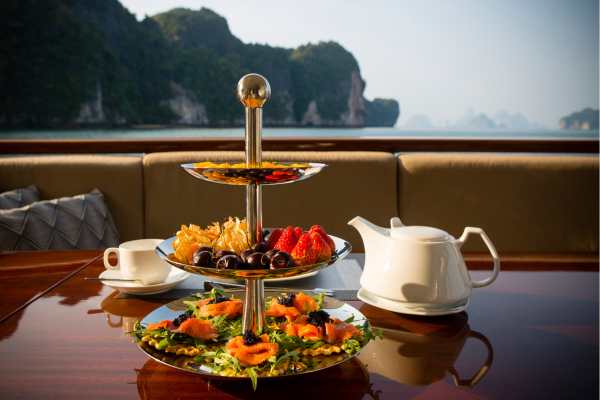
- Rejuvenating Weekends
Treat yourself to a weekend retreat with a relaxing High Tea experience. Whether at a cozy tearoom or in the comfort of your own home, High Tea offers a delightful way to unwind and savor the moment.
- Family Reunions
High Tea’s diverse menu ensures there’s something for everyone. So, when the extended family gathers, you can rest assured that High Tea will cater to both picky eaters and culinary adventurers alike.
When to Opt for Low Tea
- Refined Afternoons
Looking to indulge in an elegant afternoon affair? Low Tea is your perfect match! Whether celebrating a special occasion or simply craving sophistication, Low Tea’s delicate treats and graceful ambiance create an enchanting experience.
- Intimate Gatherings
Planning a cozy gathering with close friends or a romantic rendezvous? Low Tea is all about creating cherished memories in an intimate setting, where meaningful conversations and delightful treats take center stage.
- Weekday Escapes
On busy weekdays when time is a precious commodity, Low Tea offers a delightful escape. Take a break from the hustle and bustle with a simple yet luxurious Low Tea moment that rejuvenates both body and soul.
- Cultural Explorations
Embrace the richness of different cultures with Low Tea. Whether experiencing the art of the Japanese tea ceremony or savoring Indian tea and snacks, Low Tea offers a delightful window into diverse traditions.
Remember, dear tea enthusiasts, there are no strict rules when it comes to choosing between High Tea and Low Tea. The beauty of these traditions lies in their adaptability and the joy they bring to every occasion.
So, next time you find yourself pondering the tea conundrum, consider the setting, the company, and the mood you wish to create.
Whether you’re reveling in hearty flavors or basking in delicate delights, both High Tea and Low Tea promise a delightful journey into the world of tea, treats, and warm camaraderie. Cheers to your tea-time adventures, and may each cup be steeped in joy!

Conclusion: Savoring the Timeless Charms of Tea Traditions
As our teapot of knowledge reaches its brim, we bid farewell to the delightful world of High Tea and Low Tea, each a treasure trove of flavors, customs, and cherished moments.
Throughout our journey, we’ve sipped on the rich histories, savored the delectable treats, and unraveled the mysteries behind these enchanting tea traditions.
High Tea, with its heartwarming feasts and convivial ambiance, invites us to indulge in hearty flavors and casual gatherings. It’s the perfect remedy for a long day’s work, a joyous celebration with loved ones, or an escape into a world of culinary wonders.
On the other hand, Low Tea beckons us to immerse ourselves in elegance, sophistication, and the art of afternoon delights. From intimate gatherings to refined social affairs, Low Tea crafts a serene ambiance where meaningful conversations intertwine with delicate treats.
As we explored High Tea and Low Tea customs across the globe, we discovered that these traditions are more than just culinary experiences. They are a celebration of culture, a reflection of history, and a reminder of the universal joy that a cup of tea brings.
In today’s fast-paced world, tea traditions continue to evolve, embracing creativity and innovation while preserving the essence of their roots. From grand tearooms to quaint cafes, High Tea and Low Tea offer a delightful escape into a world of grace and camaraderie.
So, my dear tea enthusiasts, the next time you find yourself at the crossroads of High Tea and Low Tea, remember that both paths lead to wonderful moments shared with loved ones. Whether it’s a hearty gathering or an elegant soiree, the joy of tea lies not just in the brew, but in the memories we create together.
As we conclude our tea-time adventure, I raise my teacup to you – to your explorations, your conversations, and your delightful indulgences. May your tea journey be filled with warmth, laughter, and the sweet comfort of cherished traditions.
Cheers to the timeless charms of tea, and until our next tea rendezvous, may your teapot always be full and your heart brimming with contentment. Happy sipping, my fellow tea aficionados!
Frequently Asked Questions
What is high-quality vs low-quality tea?
High-quality tea is made from whole tea leaves, hand-picked at their peak, resulting in richer flavor, aroma, and health benefits. Low-quality tea may contain broken leaves, dust, or fannings, leading to a weaker taste and less desirable characteristics.
What are the 5 flavors of tea?
The five flavors of tea are sweet, bitter, astringent, salty, and savory. Sweetness is naturally present in tea, while bitterness comes from catechins. Astringency is caused by tannins, and some teas have a subtle salty or savory note, influenced by minerals and processing methods.
Is Ceylon tea English Breakfast?
Ceylon tea is not the same as English Breakfast tea. Ceylon tea originates from Sri Lanka and is known for its bright, bold flavor and floral notes. English Breakfast is a blend that typically includes Assam, Ceylon, and Kenyan teas, creating a robust and well-rounded morning brew.

